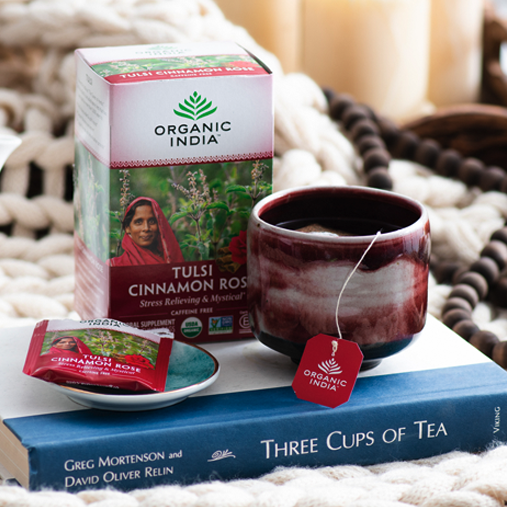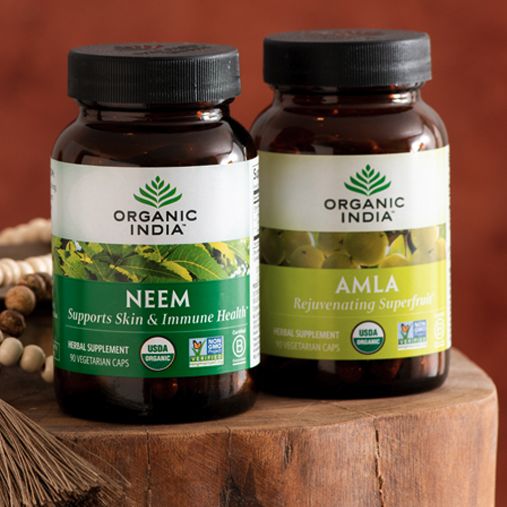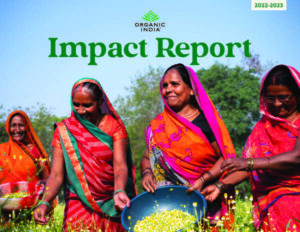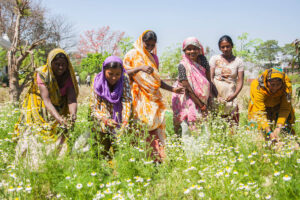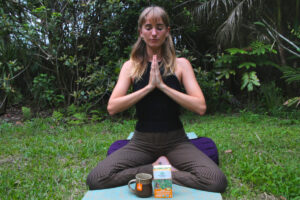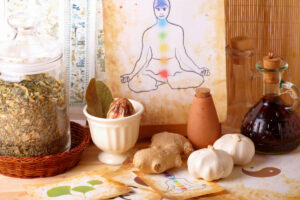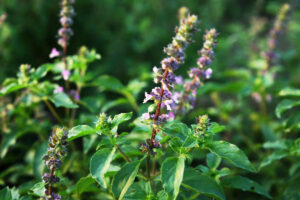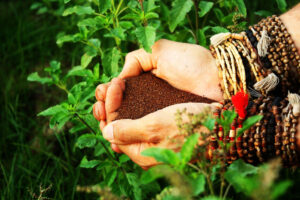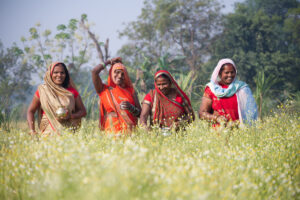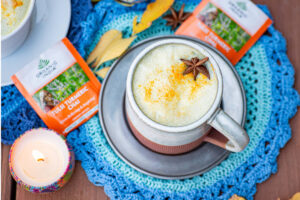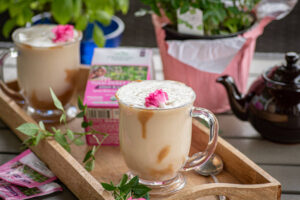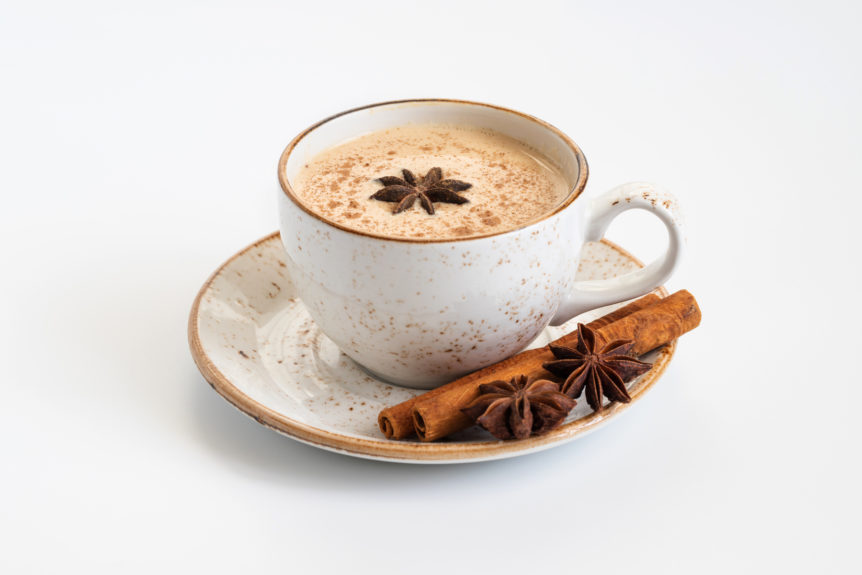Back
Thanks to the spread of Eastern culture across the globe, we’re being introduced to a wide variety of tea flavors — and benefits — that come with this beverage that has been an integral part of life for thousands of years. Now, when you sit down with a cup of tea, you commune with the world.
New Zealand travel writer Tara Worthington noted that chai, one of the oldest drinks in history and a staple in India, is made from one of many recipes specific to particular families, villages, cities, and even countries. “To the people of India,” Worthington writes, “Chai is more than just a simple cup of tea. Its thick, sweet nectar is foundational to the rhythms of daily life. A symbol of hospitality, Chai evokes a sense of identity. It connects people to their heritage and, to many, is a lasting source of habitual comfort.”
As soon as you inhale chai’s warming and aromatic herbs, relaxation sets in.
As soon as you inhale chai’s warming and aromatic herbs, relaxation sets in. For millions, the drink evokes memories of their mothers’ kitchens, family gatherings, or time with friends. Writing for Food & Wine, Priya Krishna notes that chai is a way of life in India. Everywhere you go — whether you’re aboard a train, walking in the street, or browsing in a sari shop — you will see people partaking in the sweet, spicy, milky beverage. For many westerners, the word chai is merely a flavor of tea with predominantly cinnamon or cardamom notes, but in India, Krishna says, “Chai is not a flavor of tea; it is tea,” if for no other reason than that the Hindi word literally translates to “tea.” When you say “chai tea,” you are actually saying, “tea tea.”
Tara Worthington reminds us that chai transcends socioeconomic borders, bridges communities, and spans the globe. On the Indian continent, chaiwallahs (tea vendors) line crowded streets to offer passersby their own special brew out of great steaming steel pots or kettles. In Indian homes, a cup of chai is as much a tradition as a drink. As the tea warms the body, it also warms the heart and soul. In English-speaking countries, chai is often more specifically called masala chai, or just chai, even if the chai recipe differs from kitchen to kitchen. Classic chai spices include cinnamon, ginger, cardamom, pepper, clove, and nutmeg, combined with black tea and Tulsi.
Chai Culture
Drinking chai can be a meditative practice when the attention is gently placed on the aroma of each herb or on the individual flavor profiles that overtake the palate. You may even find relaxation and meaning when focusing on its warmth, soothing the throat, chest, and stomach. But there is also a chai culture that has found its home in India, having risen out of British colonization. During this period of history, explains Priya Krishna, the British East India Company was thriving, with tea from Assam, India, being one of its biggest commodities. Tea consumption across the mainland grew, and eventually, the Indian people took the British preparation of tea — black with milk and sugar — and put their own spin on it by adding a variety of rich spices, such as ginger, cinnamon, and cloves.
According to tea consultant and food writer Lindsey Goodwin, at the turn of the 20th century, the British-owned Indian Tea Association began promoting the consumption of Indian tea. Due to the expense of black tea as the main ingredient, vendors added milk, sugar, and spices to make the drink affordable. However, masala chai’s history goes much farther back, to thousands of years ago, where it was popularized in an ancient Indian royal court as a cleansing, vivifying Ayurvedic brew.
The Ritual of Chai
In the most ancient cultures around the world, the majority of rituals center around certain foods and drinks. Hans H. Penner, professor of Religion, Dartmouth College, defines ritual as the performance of ceremonial acts prescribed by tradition. It is therefore possible to view ritual as a way of defining people, culture, and societies. Examples include the well-known Japanese, Korean, and Chinese tea ceremonies, as well as the British Victorian-era tea ritual that was influenced by the Indian tea culture.
The roots of the American tea culture can be traced to early Dutch colonization of the Americas. These tea ceremonies and rituals, and others, are often built around respect and recognition of the beauty that exists even within the humdrum or tumult of everyday life, finding the exceptional, spiritual, and simple that we so often overlook.
For Indians, writes Anjum Choudhry Nayyar, publisher of the online magazine Masalamommas, tea is commonly part of a ritual where one person welcomes another with a cup of chai and food over conversation. She notes that sitting down to drink tea with someone is a show of respect and friendship, and recommends pairing certain foods with the occasion — such as Vada Pav or Mumbai sandwiches, pakora, aloo tikki, wraps, and/or chai cupcakes — as well as creating an inviting atmosphere complete with candlelight, vases, table settings, and special cups and saucers.
Sitting down with a cup of chai can mean no more than taking a relaxing time for yourself, or it can be part of a universal ritual meant to recognize the subtle beauty in our world.

